Can the blast wave change the trajectory of the bullet? Verification with high-speed camera

Things that seem unrealistic at first glance may become possible, such as repelling a fired bullet with a sword or deflecting the bullet's trajectory with a strong magnetic field. The Slow Mo Guys, a YouTube channel that shoots various moments with high-speed cameras, conducted an experiment to verify the theory that ``C-4 explosives can deflect the trajectory of bullets'' and made a slow-motion video of the process. I got it.
The Slow Mo Guys personalities Mr. Gab (left) and Mr. Dan (right). This time, we will conduct an experiment to see if it is possible to change the trajectory of a 9mm bullet using C-4 explosives.

This is the pistol that is the starting point for the bullet. Fired by remote control.

A piece of cardboard with a wire attached is placed in the trajectory of the bullet. When this wire is cut by the bullet, an explosion occurs.

First, set the explosive at a distance of 1 foot (about 30 cm) from the cardboard. The distance and amount of explosives will be adjusted after several rounds of enforcement.

Set a target at the end of the bullet. Use this target to see where the bullets hit and how the multiple bullets will shift when fired.

Gab and Dan set up four cameras to film the scene. This is a high-speed camera called 'FREEFLY Ember' that can shoot 800 frames per second. Used to mirror the entire experiment.

Next is a high-speed camera that can shoot thousands of frames per second in 4K.

The third camera is the TMX 7510, which can shoot approximately 200,000 frames per second.

The last one is Shimadzu's high-speed camera 'HPV-X2'. It is a camera that can shoot 10 million frames per second, and this time it is planned to shoot 5 million frames for 11 seconds.

Let's start with the first shot. Make sure you hit the target correctly without explosives.

This bullet hole will serve as the reference point.

The actual start. There was a dry popping sound, but there was no sign of an explosion.

At this time, the bullet was passing through the wires, so the trigger for the explosion was not activated.

I regained my composure and fired the second shot. A spectacular blast rises.
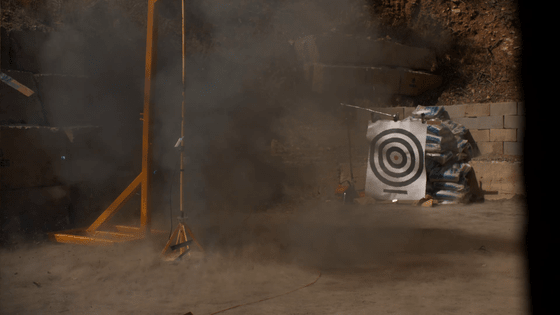
It looks like it hit the target a little off-center, but we will use a high-speed camera to confirm what actually happened.

When you look at the 187,500 FPS video, you can first see the bullet passing through.
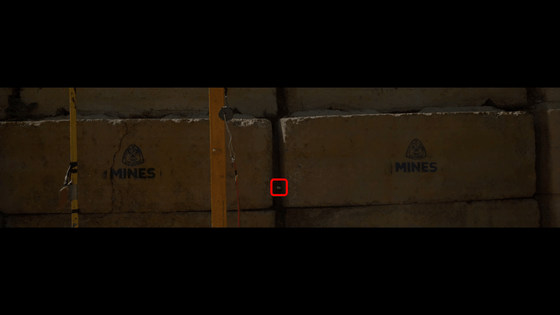
The explosion was occurring after the bullet passed through. It's unlikely that the blast wave affected the bullet's trajectory, so Gab and Dan decide to move the cardboard a little further away from the explosive. This should create a delay and make it easier for the bullet to get caught in the blast wave.
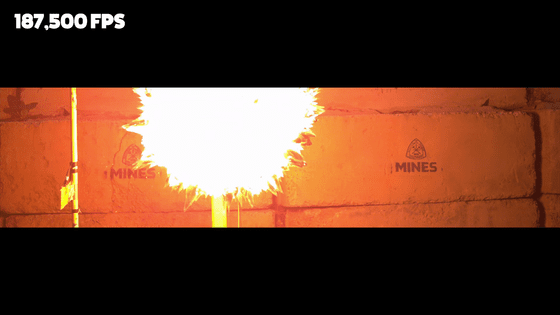
A scene from the subsequent explosion video.
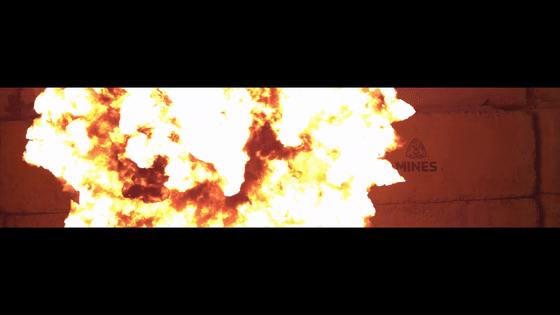
Monochrome video shot at 2 million FPS using HPV-X2.
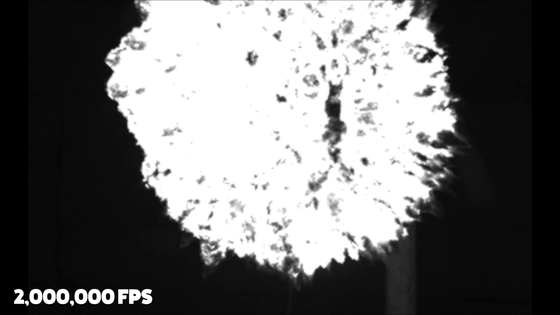
We can also see that there are at least two stages of shock: an initial shock and a later shock.
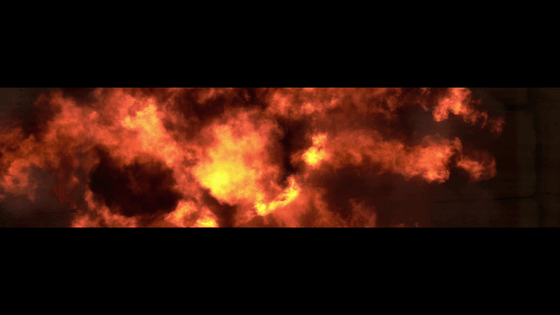
Video taken with twice the amount of explosives. The blast wave, which had been oval in shape earlier, now expanded into a more distorted shape.
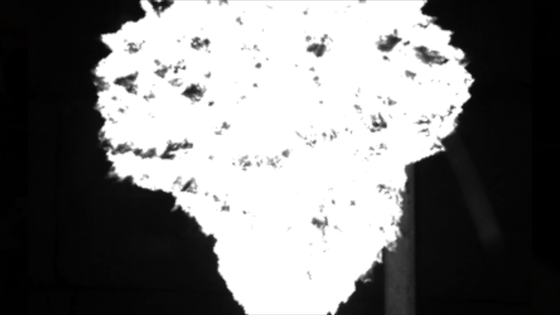
Through trial and error, he succeeded in detonating the bullet directly above it.
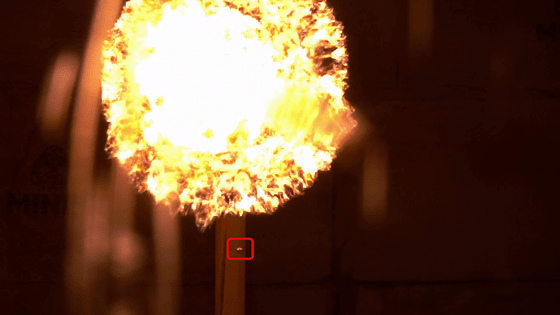
This is a monochrome image.
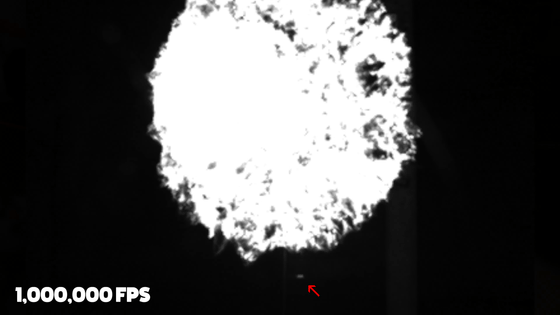
However, it seems that the bullet holes left on the target did not seem to be shifted much.
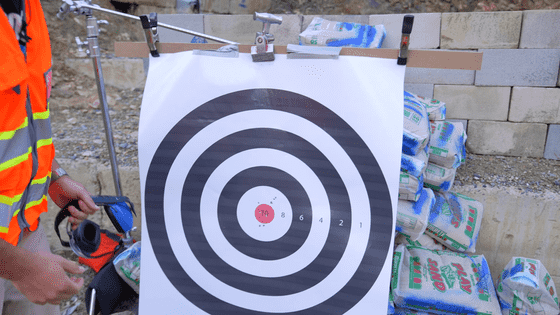
In this experiment, no cases were confirmed where the blast wave affected bullet holes. Gab and Dan said, ``It was an interesting experiment. We would like to try it again by making the blast more powerful.''
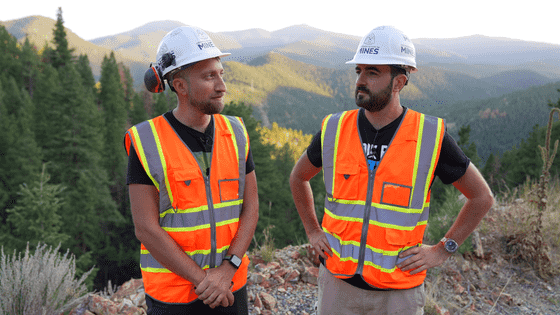
Related Posts:
in Video, Posted by log1p_kr







